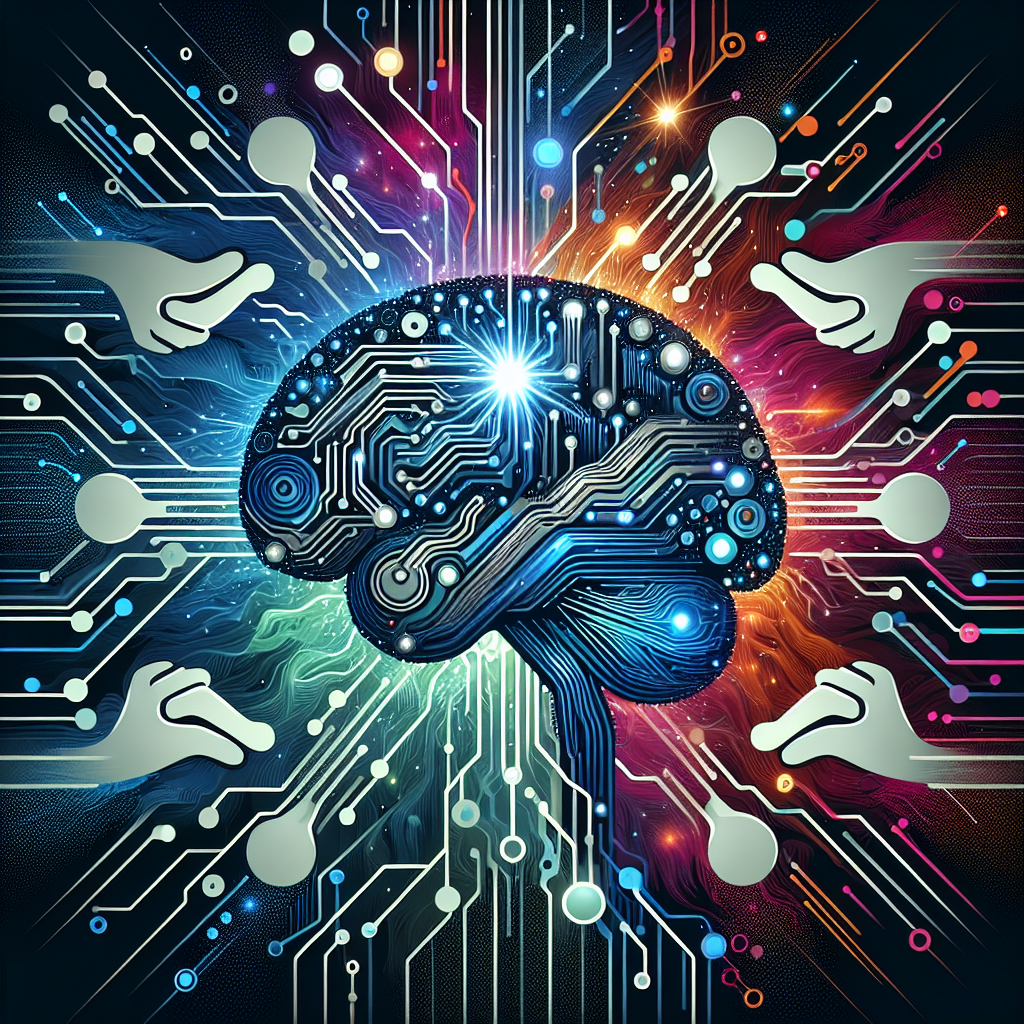The Use of AI Development in Collaboration
In recent years, artificial intelligence (AI) has become an integral part of various industries, including collaboration tools and software. The use of AI in collaboration has transformed the way teams work together, improving efficiency, productivity, and communication. From chatbots to virtual assistants, AI technology is revolutionizing the way we collaborate with our colleagues. In this article, we will explore the various ways in which AI development is being used in collaboration and its impact on the workplace.
AI-Powered Chatbots
One of the most common uses of AI in collaboration is through the use of chatbots. Chatbots are virtual assistants that can interact with users in a conversational manner, providing information, answering questions, and even performing tasks. In a collaboration setting, chatbots can help team members quickly find the information they need, schedule meetings, and even provide reminders for upcoming deadlines.
For example, Slack, a popular collaboration tool, has integrated chatbots that can help users manage their tasks, set reminders, and even provide feedback on their work. By leveraging AI technology, these chatbots can streamline communication and enhance productivity within the team.
Virtual Assistants
In addition to chatbots, virtual assistants are another form of AI technology that is being used in collaboration. Virtual assistants, like Amazon’s Alexa or Microsoft’s Cortana, can help team members schedule meetings, set reminders, and even transcribe meeting notes. By using natural language processing and machine learning algorithms, virtual assistants can understand and respond to user queries in a human-like manner, making collaboration more seamless and efficient.
Virtual assistants can also help automate mundane tasks, allowing team members to focus on more strategic and creative work. For example, virtual assistants can schedule meetings based on team members’ availability, send out meeting invites, and even provide real-time updates on project progress.
Predictive Analytics
Another way in which AI is being used in collaboration is through predictive analytics. By analyzing large amounts of data, AI algorithms can identify patterns and trends that can help teams make more informed decisions. For example, predictive analytics can help project managers forecast project timelines, identify potential risks, and even suggest ways to optimize workflows.
By leveraging predictive analytics, teams can anticipate challenges before they arise, allowing them to proactively address issues and stay on track with their projects. This can ultimately lead to higher productivity, better decision-making, and improved collaboration among team members.
Document Management
AI technology is also being used to streamline document management in collaboration. By using natural language processing and machine learning algorithms, AI tools can help teams organize, categorize, and search for documents more efficiently. For example, AI-powered tools can automatically tag documents based on their content, making it easier for team members to find the information they need.
AI can also help teams identify duplicate documents, outdated files, and potential security risks, ensuring that the team is working with the most up-to-date and relevant information. By automating document management processes, AI technology can save time and reduce the risk of errors, leading to improved collaboration and productivity.
FAQs
Q: How can AI technology improve collaboration in the workplace?
A: AI technology can improve collaboration in the workplace by streamlining communication, automating tasks, and providing insights that can help teams make more informed decisions. By leveraging AI-powered chatbots, virtual assistants, predictive analytics, and document management tools, teams can work more efficiently and effectively together.
Q: What are some examples of AI-powered collaboration tools?
A: Some examples of AI-powered collaboration tools include Slack, Microsoft Teams, Google Workspace, and Trello. These tools use AI technology to enhance communication, automate tasks, and improve productivity within teams.
Q: How can AI technology help teams stay organized and on track with their projects?
A: AI technology can help teams stay organized and on track with their projects by automating task management, scheduling meetings, and providing real-time updates on project progress. By leveraging AI-powered tools, teams can streamline workflows, anticipate challenges, and make more informed decisions.
Q: What are the potential challenges of using AI technology in collaboration?
A: Some potential challenges of using AI technology in collaboration include concerns about data privacy and security, potential biases in AI algorithms, and the need for proper training and integration of AI tools within the team. It is important for organizations to address these challenges and ensure that AI technology is being used responsibly and ethically in the workplace.
In conclusion, AI technology is transforming the way teams collaborate and work together. By leveraging chatbots, virtual assistants, predictive analytics, and document management tools, teams can improve communication, streamline workflows, and make more informed decisions. As AI technology continues to evolve, it will play an increasingly important role in shaping the future of collaboration in the workplace.

